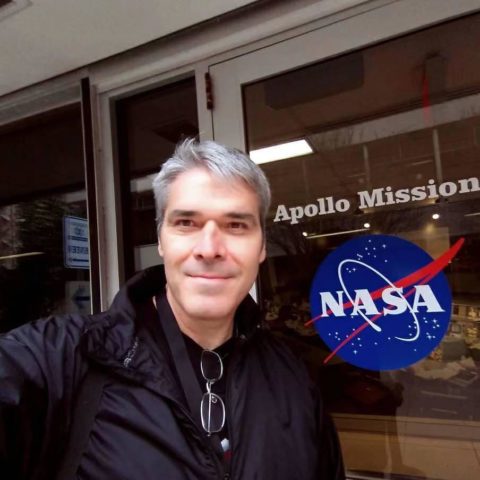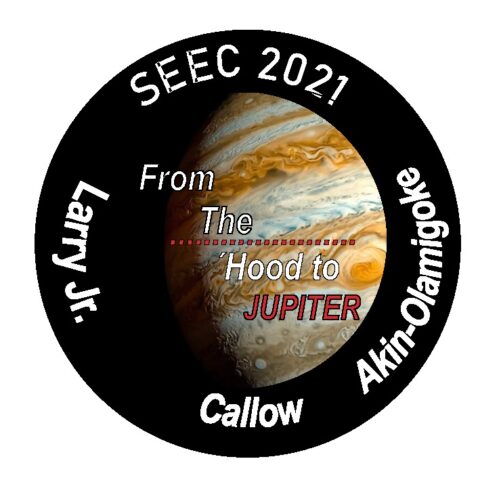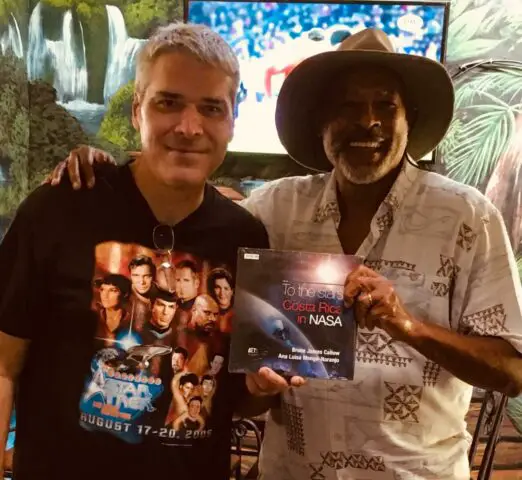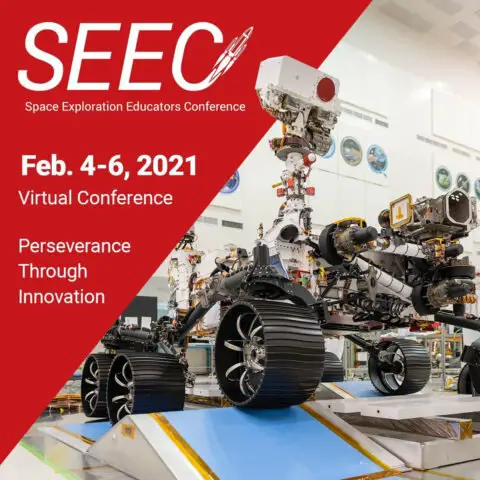For this week’s blog I interviewed LeRoy Davis Larry Jr. with whom I had the privilege of doing a presentation with at the recent Space Exploration Educators Conference (SEEC) hosted annually by Space Center Houston.
This year the 3 day conference was done virtually and the format proved to be a great success. LeRoy’s presentation was called Pulling Back the Curtain to Reach the Stars: From the ‘Hood to Jupiter and can be seen at the link below. My first interview with LeRoy was published in the Sept 12, 2020 edition of the Costa Rica News.
🔴LeRoy Davis Larry Jr: From Jupiter to Costa Rica and Beyond
How did you get into doing research?

While at Southern I had the opportunity to be in a summer program for minority students at the Fermi National Accelerator Laboratory, also known as Fermilab, which is the largest particle accelerator in the United States. This was my first experience being in a real research lab with real scientists, and I learned about the area of High Energy Physics. I returned to Fermilab during the summers, and also after I got my Master’s Degree. A short time later I had the opportunity to be a graduate research assistant at the NASA Marshall Spaceflight Center (MSFC). The research group was involved in developing an instrument that could measure the effects of the solar wind, which is a space plasma, and the Earth’s Magnetosphere on the Space Shuttle as it orbited the Earth. This was great, I had made it to NASA – as a graduate student!
What did you mean by “NEVER GIVE UP!”?

My dream was to be a full time scientist at the NASA Jet Propulsion Laboratory (JPL). JPL was responsible for such awesome space probes as Voyager which is now somewhere in deep interstellar space going where no human-made object has been before. It even starred in the first Star Trek movie, and in the second Star Trek movie which is my favorite, JPL was listed in the credits as having assisted with the special effects. I thought it must be the coolest place to work! After sending my resume multiple times to JPL and getting no response, other grad students at Marshall starting telling me that unless you know someone or have a connection on the inside your resume gets filed in the trash. I didn’t want to believe this but after having gotten no replies from JPL I thought maybe this was true. The only way I could think of to stop being invisible, to pull back the curtain and make myself visible to JPL, was to drive out to Pasadena.
So like the Beverly Hillbillies I loaded-up my car with my physics and math books and my one suitcase, and headed out to California. Along the way from Louisiana to California I had a Close Encounter of the Third Kind with a Texas State Trooper. I relate this story in our SEEC presentation – it’s a great story, one of my favorites, and with what’s been going on in the world and specifically the United States you would never expect the ending, I sure didn’t!

When I first arrived in Pasadena I had not yet made enough money to get an apartment and was sleeping in my car. A janitor at the high school I began teaching at let me sleep on the couch in the teacher’s lounge at night. She instructed me to make sure that none of the other teachers and certainly none of the students knew about it. So in the mornings I’d be washed-up and sitting at my desk as if I had gotten to school before anyone else, and I’d still be at my desk working until everyone had left as if I was working late into the evening. At the end of the semester the school was contacted by the Director of the Minority Initiatives Office at JPL as to if I would be interested in giving a talk at UCLA about mathematics to LA-area high school students, mostly freshmen and sophomores, and to give the talk in a way that would encourage them to not be afraid of mathematics and to take more mathematics while they were still in high school. I used an over-head projector and my slides were transparencies – remember those?! Because I’ve always been interested in the science and technology of ancient cultures and civilizations, I spoke to them about the advanced mathematics that ancient civilizations were capable of. The idea being that no matter what culture you are, if your ancestors could do serious mathematics then so can you! It is here that I came-up with my “3e’s”outreach methodology – entertain, educate, entice!

Our guest speaker at the SEEC is pictured here with me in the lower corner. Isaac Akin-olamigoke is a student-teacher in Nigeria. Since the Workshop I’ve had the honor and privilege of serving as a mentor for him. Shortly after the Workshop he sent me his first short space education and outreach video, and recently he provided a video for the SEEC In the event that he was unable to join us in real-time from Nigeria. Both videos are included in our presentation – please enjoy!

I want to leave you with these pictures that represent for me stages along my journey from the ‘hood to Jupiter. Touching the fossil of a Stegosaurus in 8th grade during my class field trip to the Natural History Museum reminiscent of being in our backyard, graduation pictures from when I received my Bachelor and Master Degrees, my MSFC and JPL IDs, and my JPL business card – the first-ever business card I ever got in my life by pulling back the curtain and becoming a full-time scientist at the Jet Propulsion Laboratory on the Galileo Project to Jupiter!

Bruce Callow is a Canadian teacher and co-author of the books To the Stars: Costa Rica in NASA and The Intrepids: Costa Rican Women in Science and Technology. He does space education outreach work on behalf of NASA.




